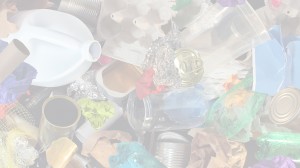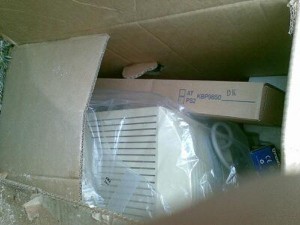The mantra of conservation has long been “recycle, reduce, and reuse,” and it is essentially a sound idea. Unfortunately, when it comes to the removal of waste, some waste products are harder to recycle than others. In this short guide Map Waste’s rubbish removal team give their views on different wastes and the issues with each.
Plastics
When plastic was first developed in the 20th century, it seemed to be the perfect material, for it was light, sturdy, flexible and versatile. Unfortunately, some of the chemicals used to make plastic are dangerous. Plastic also takes centuries to break down, so the plastic dumped into a landfill back in the 1950s will still be there. To make matters even worse, plastic is difficult to recycle. Recycling plastic degrades its quality which limits its usefulness.
Plastic is currently divided into seven categories. Each category is represented by a number, 1 – 7, which can be seen when a consumer looks on the bottom of a plastic container. Plastics in three of the categories, #3, #6, and #7, contain toxins. They are also difficult or impossible to recycle. Plastics in category #1 are easy to recycle, but tends to attract bacteria. That means it should not be reused. Plastics in categories #2, #4, and #5 are safe to use, but #4 is difficult to recycle. Plastics in the remaining two categories can be reused and recycled.
Electronic waste or e-waste
The term “electronic waste” describes defunct electrical appliances like computers, cell phones and TV sets. A big problem with electronic waste is the sheer amount of it. In 2009, Americans discarded 2.37 million tons of electronic waste.
Another problem with electronic waste is that it often contains substances like lead, cadmium, mercury and nickel that can be dangerous to humans and bad for the environment. Unfortunately, most e-waste isn’t recycled; instead, it ends up in either landfill or incinerators, and the e-waste being burned releases toxins into the air.
Recycling e-waste is preferable, but it also has its problems. Recycling something like a TV set typically involves taking it apart and seeing which parts are still usable and which are not. It takes skill and training to do the job properly and safely and should therefore be done only by somebody with the proper certification. Unfortunately, about 80 percent of the world’s e-waste is shipped to Africa or Asia, where the workers dismantle the electronics and collect the usable parts. They don’t have any protective gear and are thus exposed to the toxins. Even worse, many of these workers are children.
It is therefore imperative to find a certified e-waste recycler in this country who can do the job safely. Electronic products that still work but are simply obsolete should be given to a charity or some other organization that can use them. For more information on waste disposal in the UK see how does waste disposal work in the UK which gives a short guide of how the process works in this country.


